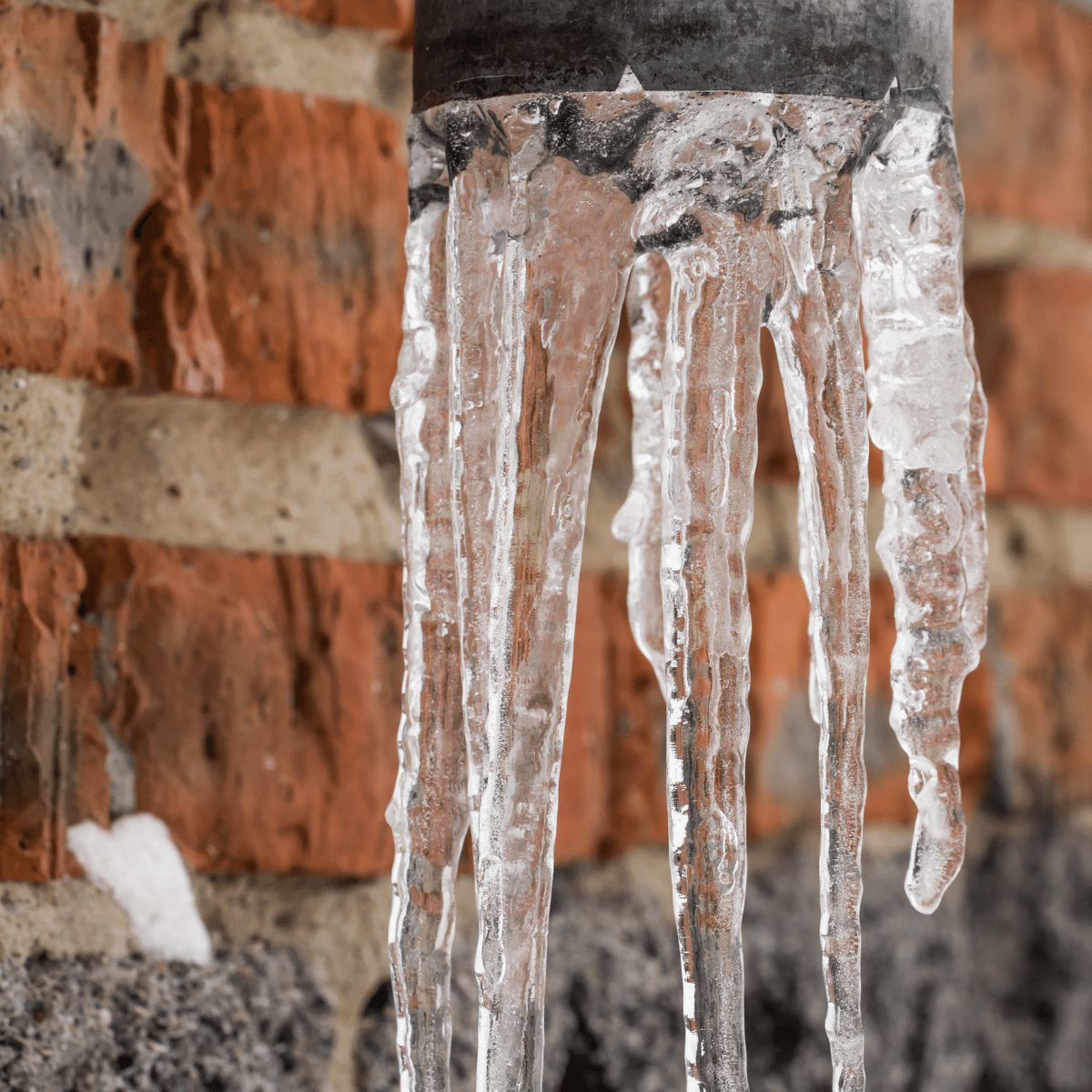Preventing Frozen Plumbing in Winter: Pro Advice
Preventing Frozen Plumbing in Winter: Pro Advice
Blog Article
Nearly everybody maintains their own individual notions about Preventing and dealing with frozen pipes.

Cold weather can damage your pipes, specifically by freezing pipes. Right here's just how to prevent it from occurring and what to do if it does.
Introduction
As temperatures decline, the risk of icy pipes increases, possibly leading to pricey repair services and water damages. Recognizing exactly how to prevent icy pipelines is vital for homeowners in chilly climates.
Recognizing Frozen Pipes
What causes pipes to freeze?
Pipes freeze when revealed to temperatures below 32 ° F (0 ° C) for prolonged durations. As water inside the pipelines freezes, it broadens, putting pressure on the pipe wall surfaces and possibly creating them to rupture.
Threats and problems
Icy pipelines can result in water supply disturbances, home damages, and costly repairs. Ruptured pipelines can flood homes and trigger extensive structural damages.
Signs of Frozen Pipes
Recognizing icy pipelines early can stop them from bursting.
Just how to recognize icy pipes
Seek decreased water flow from faucets, uncommon odors or sounds from pipes, and noticeable frost on exposed pipelines.
Avoidance Tips
Shielding susceptible pipelines
Wrap pipelines in insulation sleeves or use heat tape to secure them from freezing temperature levels. Focus on pipelines in unheated or outside locations of the home.
Home heating strategies
Keep indoor rooms appropriately warmed, particularly areas with plumbing. Open cabinet doors to allow warm air to flow around pipes under sinks.
Protecting Exterior Plumbing
Garden hoses and outdoor faucets
Disconnect and drain garden pipes prior to winter. Install frost-proof faucets or cover exterior taps with protected caps.
What to Do If Your Pipelines Freeze
Immediate activities to take
If you presume frozen pipelines, keep taps available to alleviate stress as the ice melts. Use a hairdryer or towels soaked in warm water to thaw pipelines slowly.
Long-Term Solutions
Structural modifications
Take into consideration rerouting pipes away from exterior walls or unheated locations. Add added insulation to attics, cellars, and crawl spaces.
Updating insulation
Purchase high-quality insulation for pipes, attics, and walls. Correct insulation aids keep constant temperature levels and lowers the risk of frozen pipes.
Final thought
Avoiding frozen pipelines calls for aggressive steps and quick reactions. By recognizing the reasons, indications, and preventive measures, home owners can protect their pipes during winter.
5 Ways to Prevent Frozen Pipes
Drain Outdoor Faucets and Disconnect Hoses
First, close the shut-off valve that controls the flow of water in the pipe to your outdoor faucet. Then, head outside to disconnect and drain your hose and open the outdoor faucet to allow the water to completely drain out of the line. Turn off the faucet when done. Finally, head back to the shut-off valve and drain the remaining water inside the pipe into a bucket or container. Additionally, if you have a home irrigation system, you should consider hiring an expert to clear the system of water each year.
Insulate Pipes
One of the best and most cost-effective methods for preventing frozen water pipes is to wrap your pipes with insulation. This is especially important for areas in your home that aren’t exposed to heat, such as an attic. We suggest using foam sleeves, which can typically be found at your local hardware store.
Keep Heat Running at 65
Your pipes are located inside your walls, and the temperature there is much colder than the rest of the house. To prevent your pipes from freezing, The Insurance Information Institute suggests that you keep your home heated to at least 65 degrees, even when traveling. You may want to invest in smart devices that can keep an eye on the temperature in your home while you’re away.
Leave Water Dripping
Moving water — even a small trickle — can prevent ice from forming inside your pipes. When freezing temps are imminent, start a drip of water from all faucets that serve exposed pipes. Leaving a few faucets running will also help relieve pressure inside the pipes and help prevent a rupture if the water inside freezes.
Open Cupboard Doors
Warm your kitchen and bathroom pipes by opening cupboards and vanities. You should also leave your interior doors ajar to help warm air circulate evenly throughout your home.

As a passionate reader on How to Prevent Your Pipes From Freezing, I imagined sharing that piece of content was a good thing. Do you know about somebody who is looking into the subject? Do not hesitate to share it. I love reading our article about 6 Ways to Prevent Frozen Pipes.
Visit My Web Page Report this page